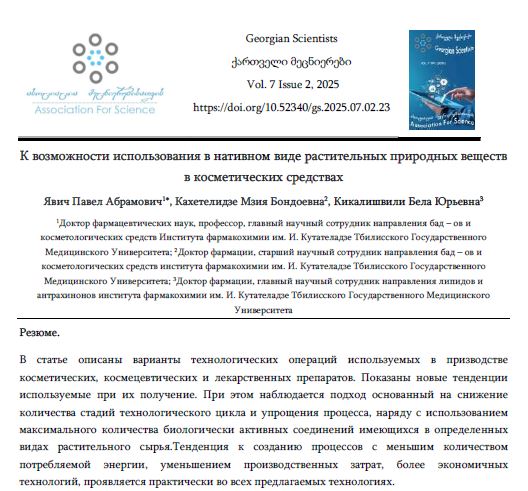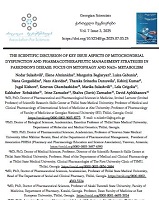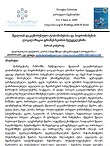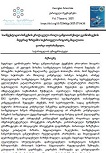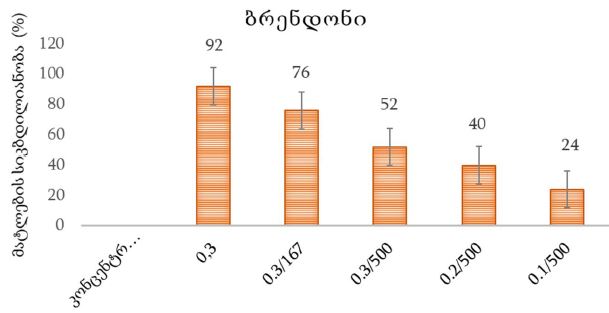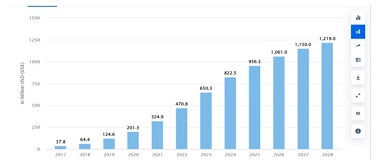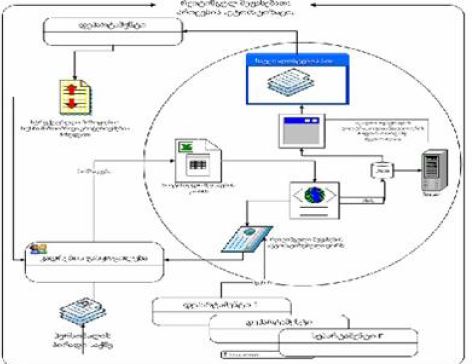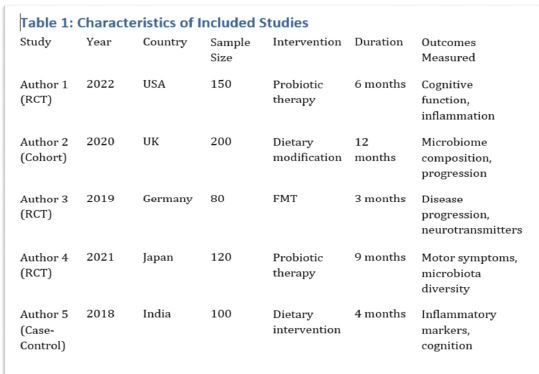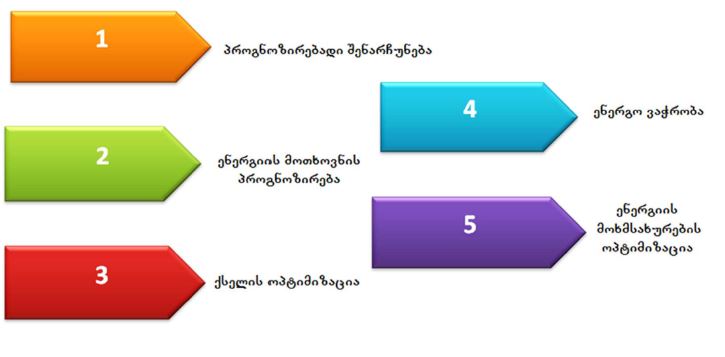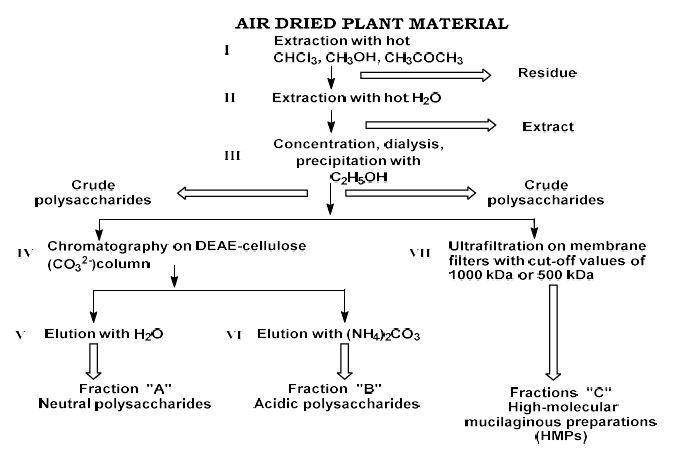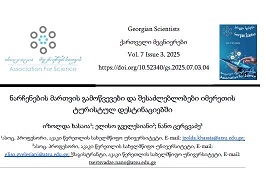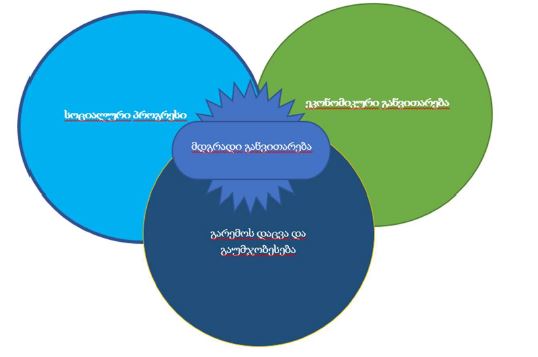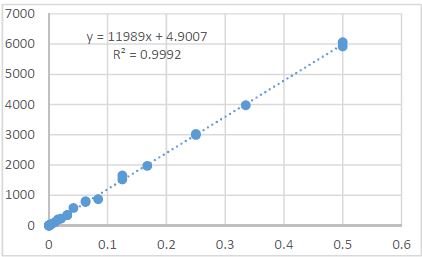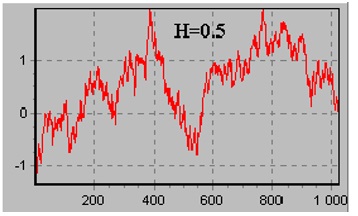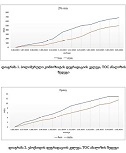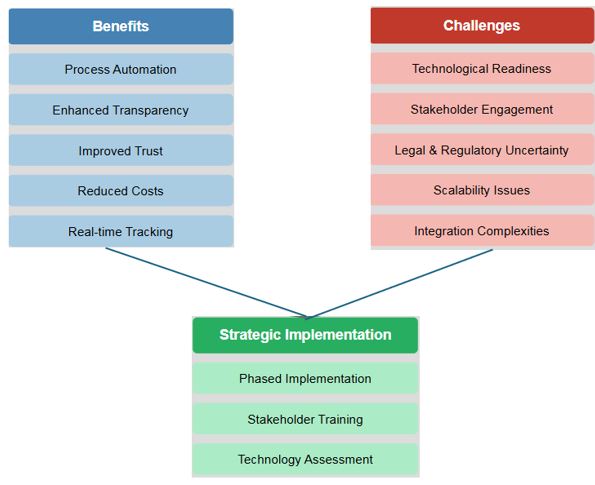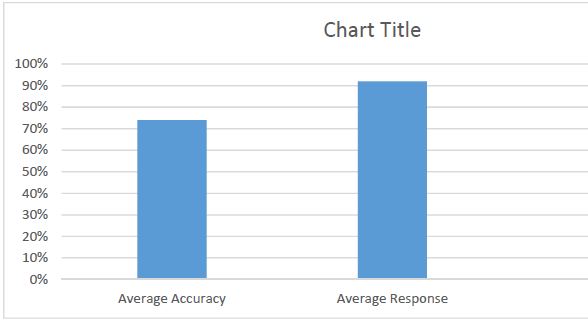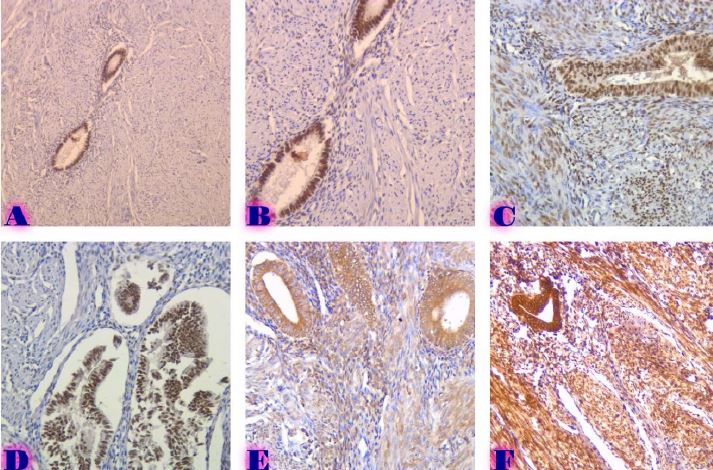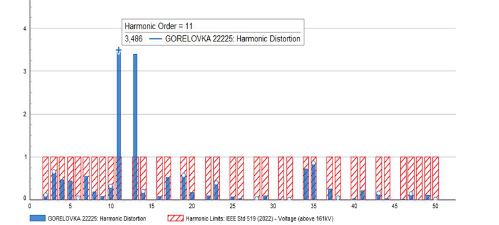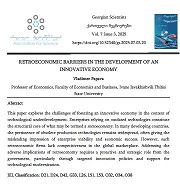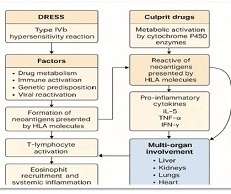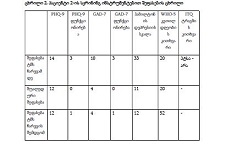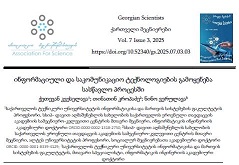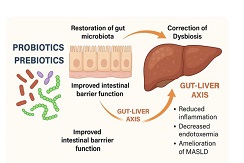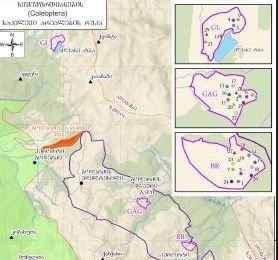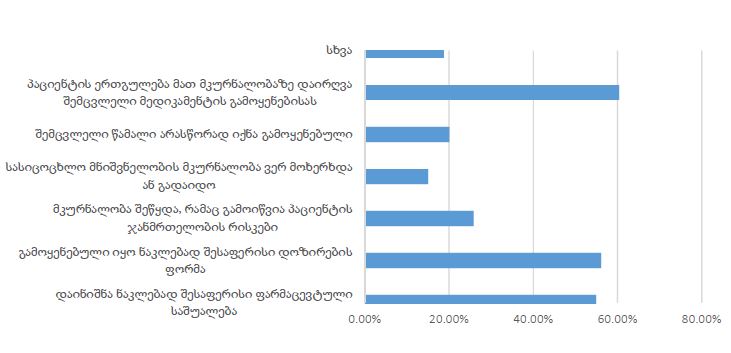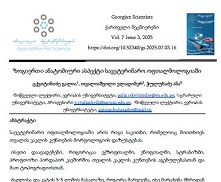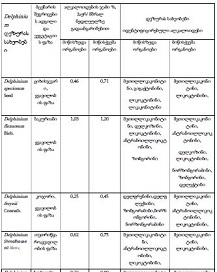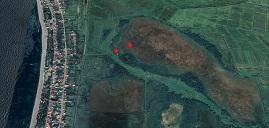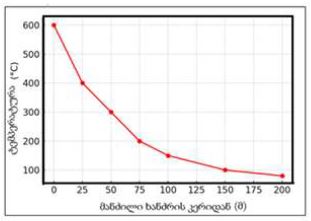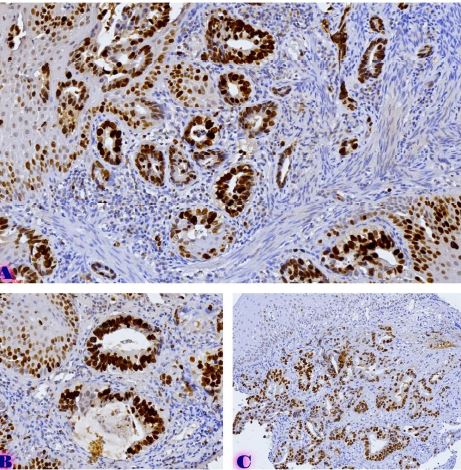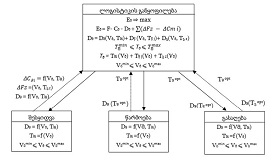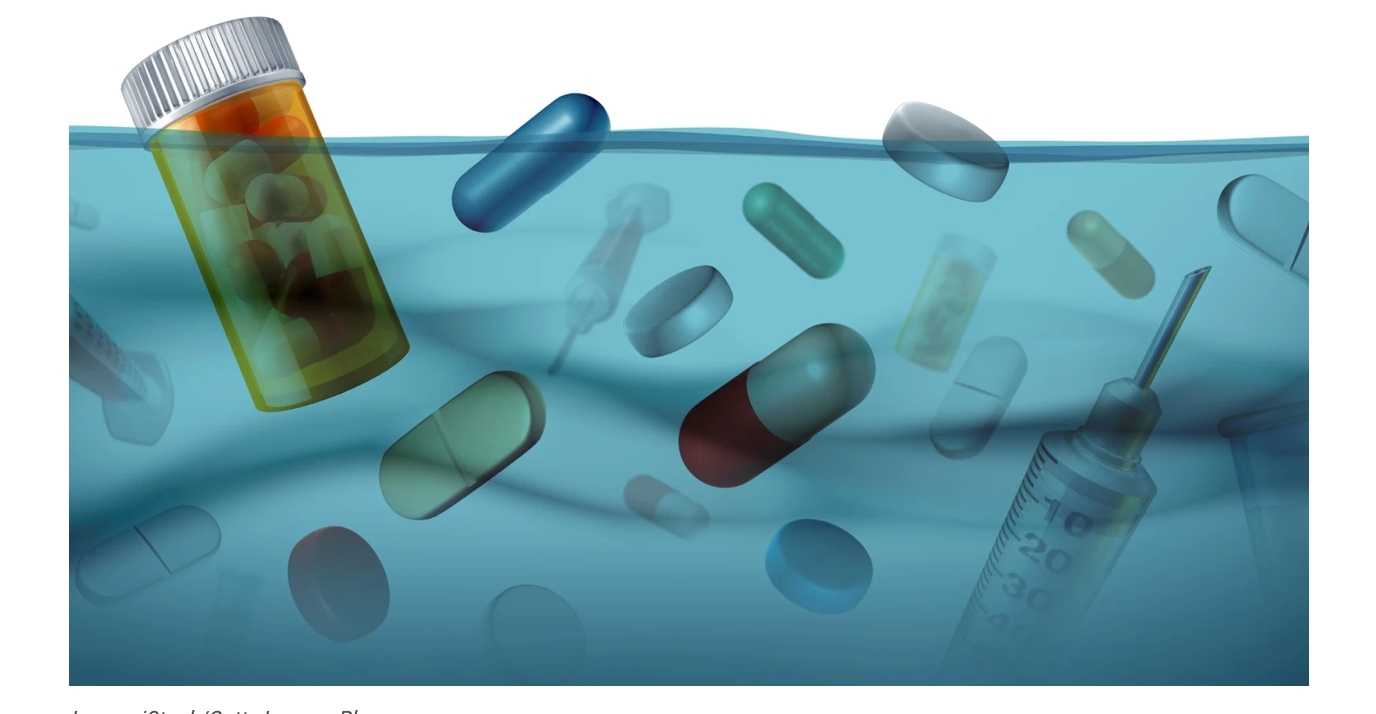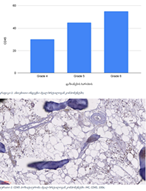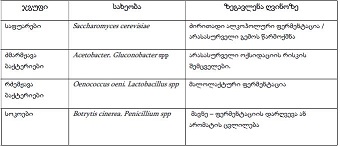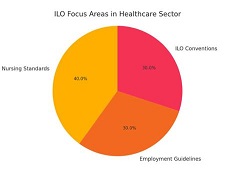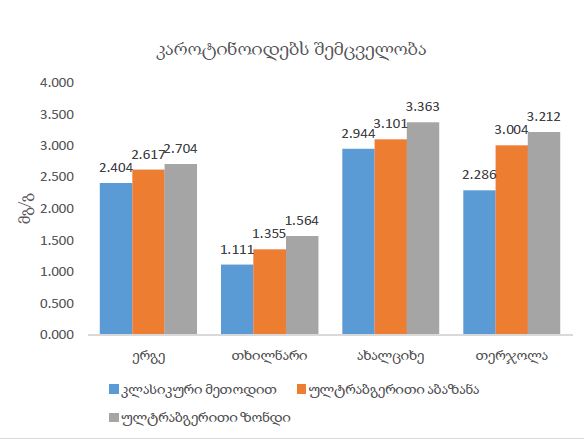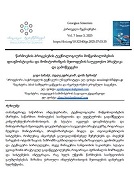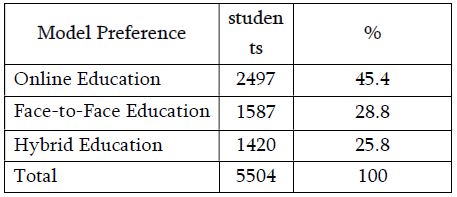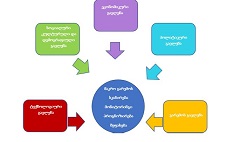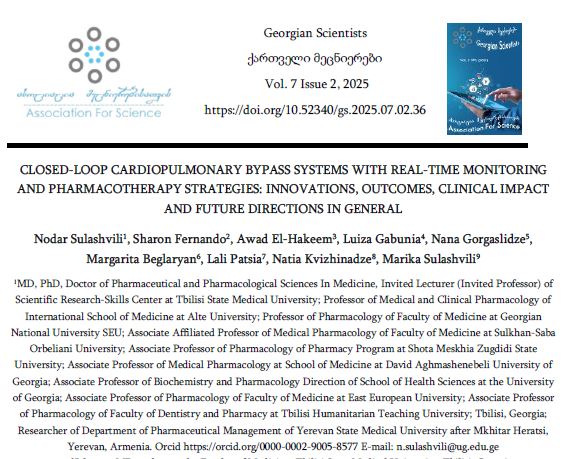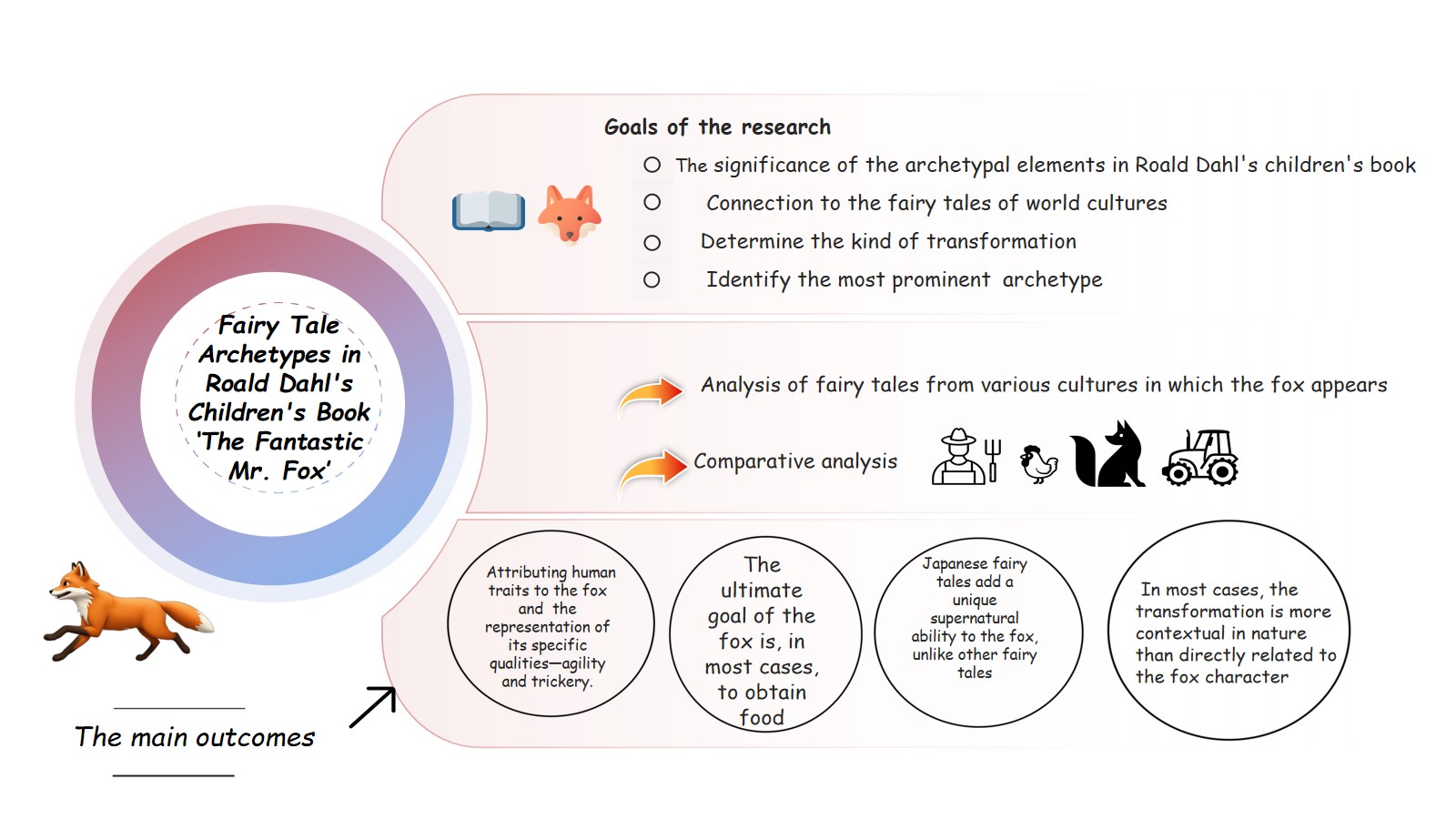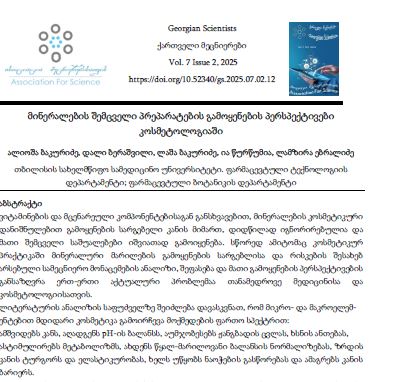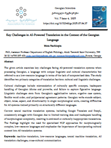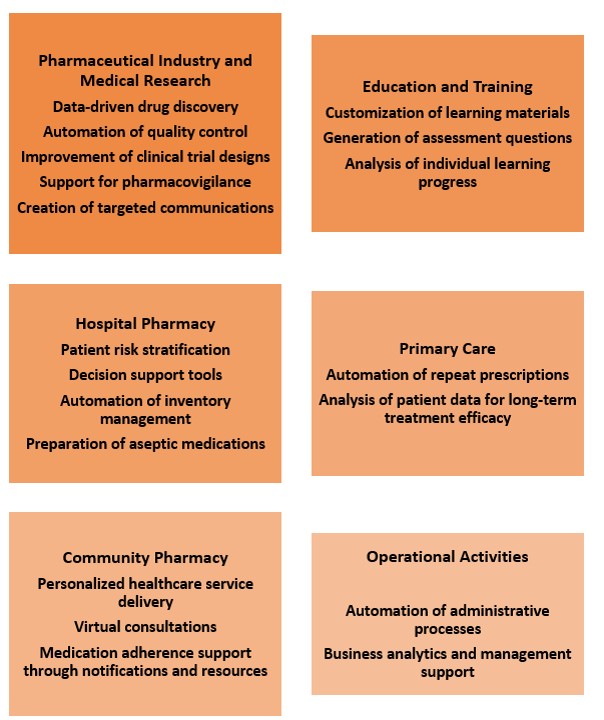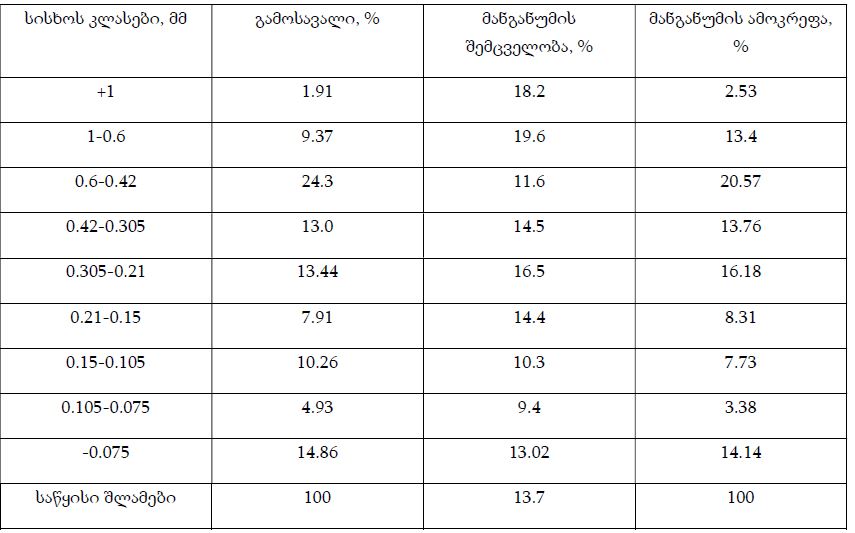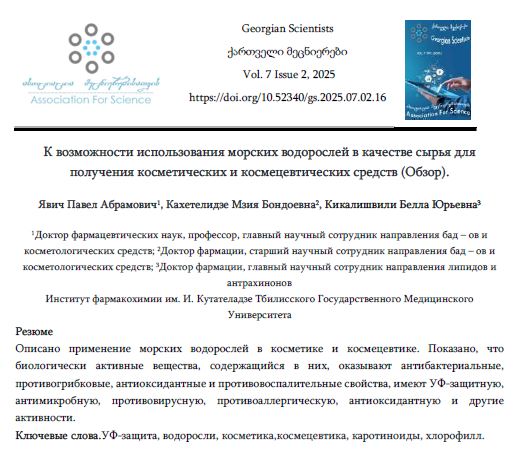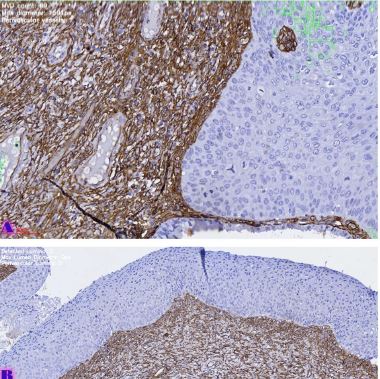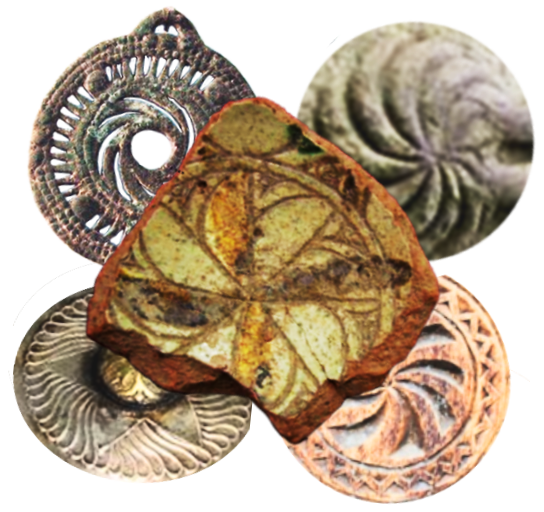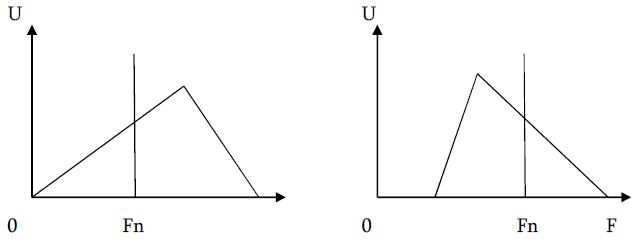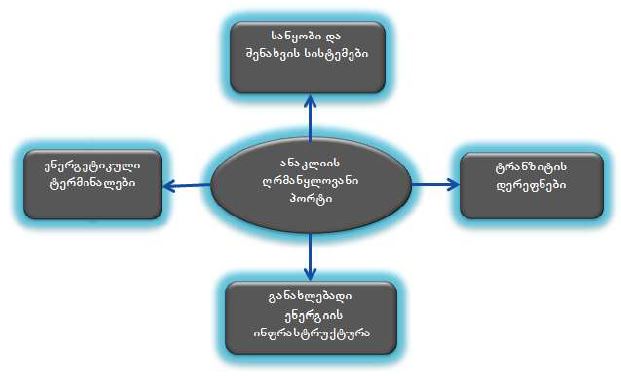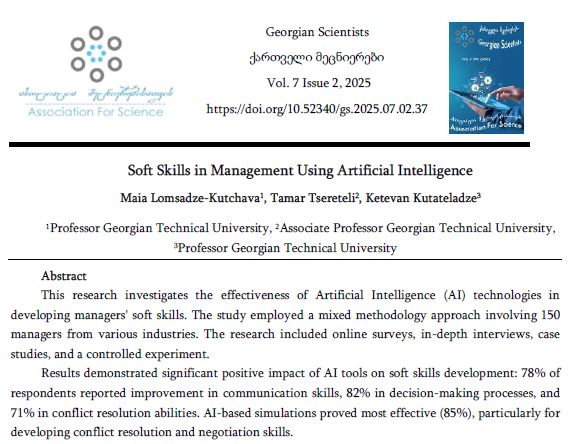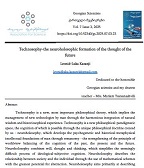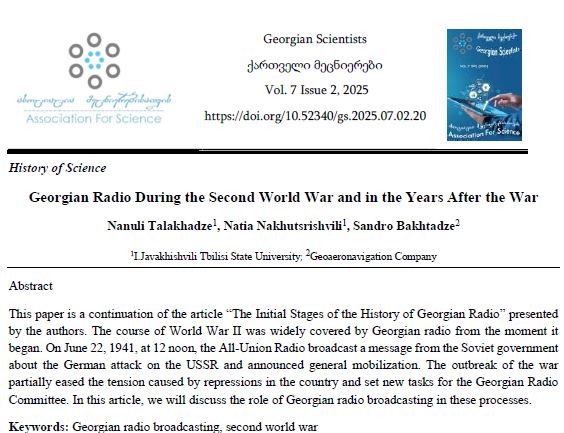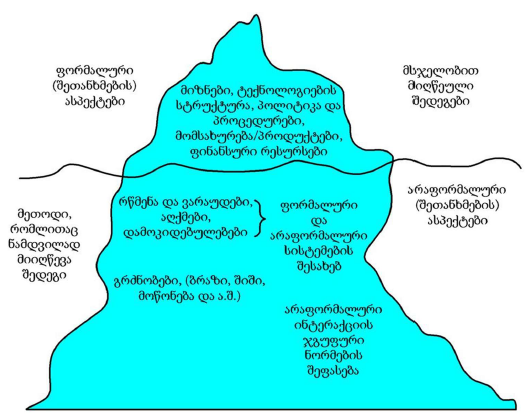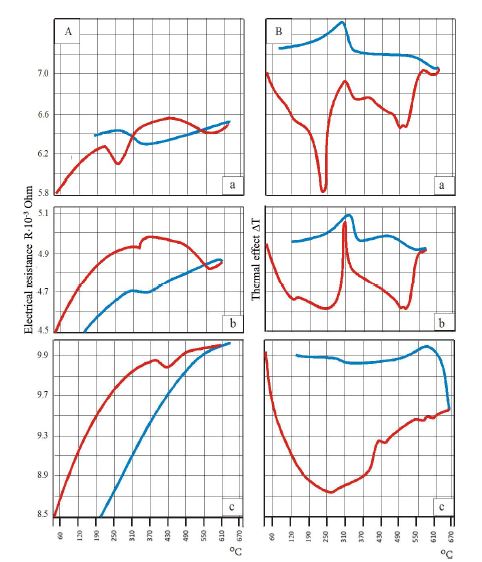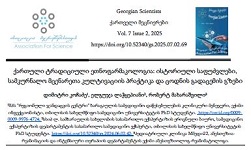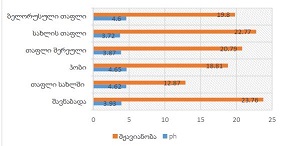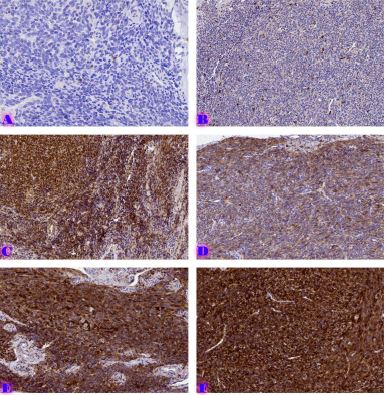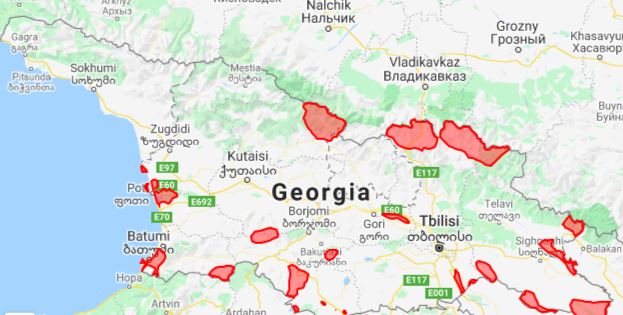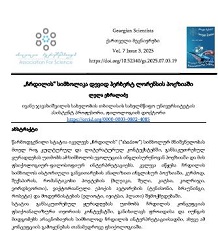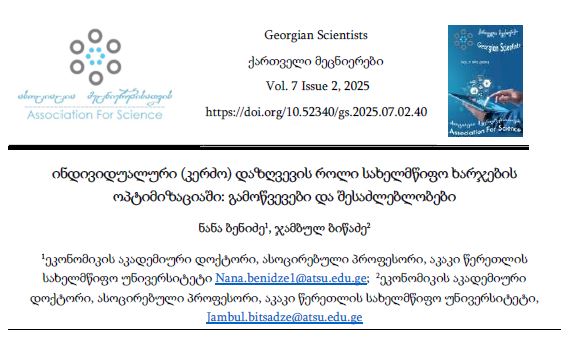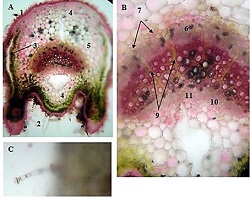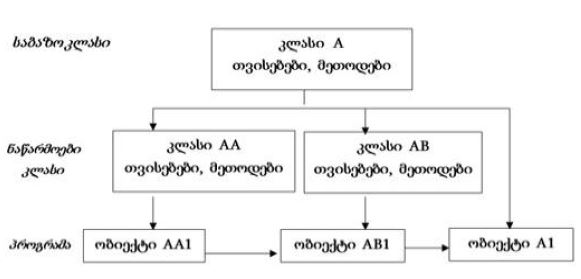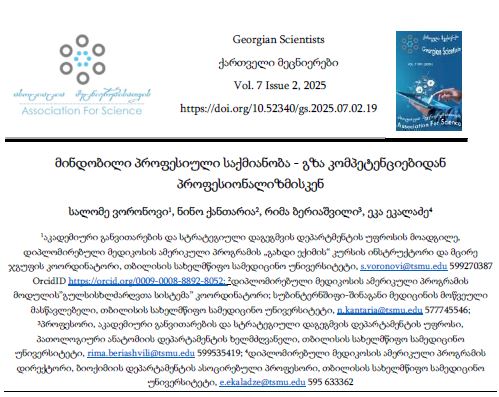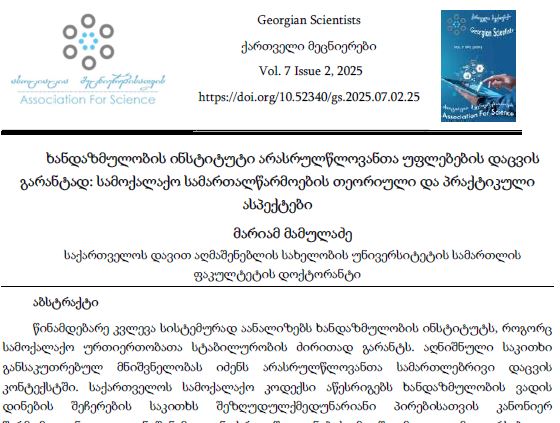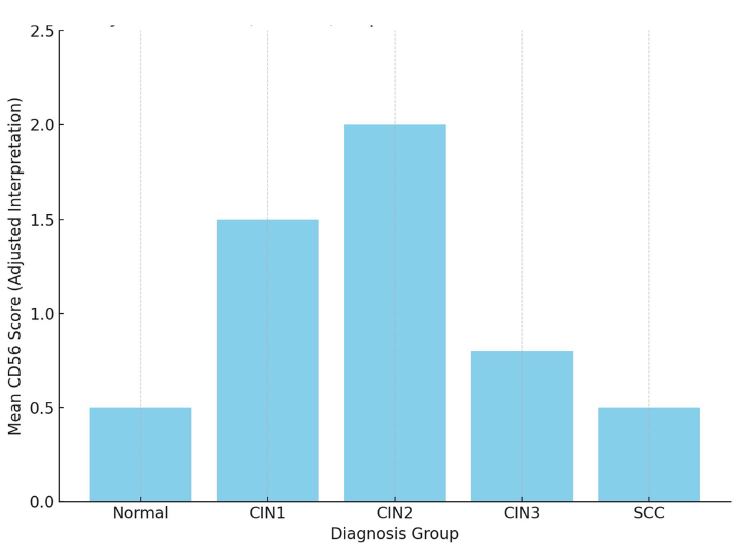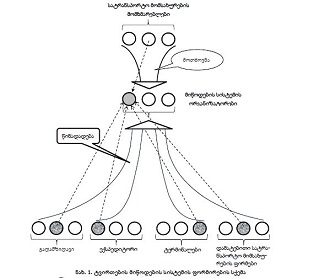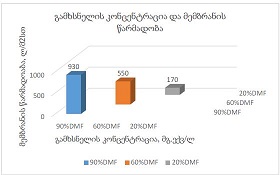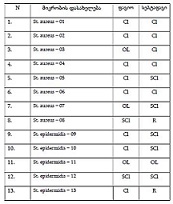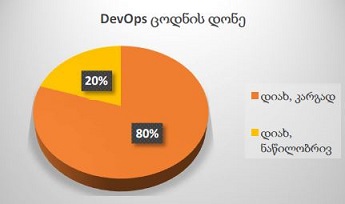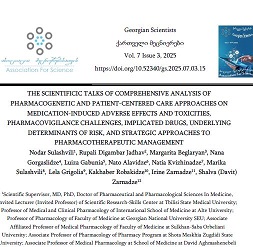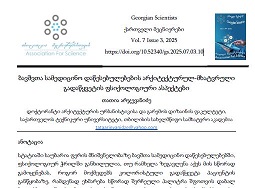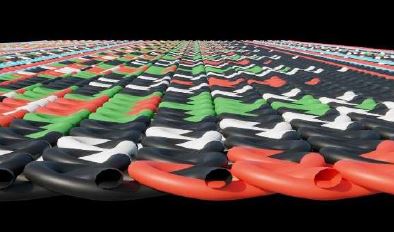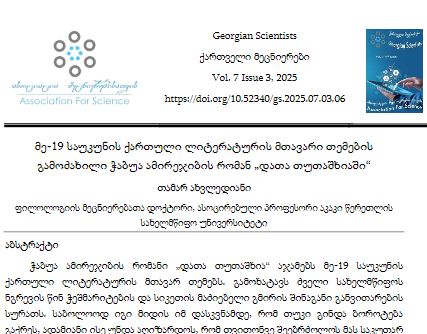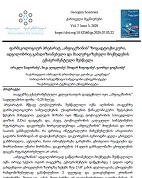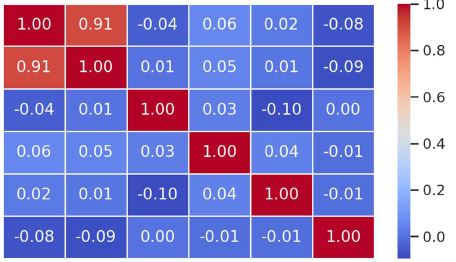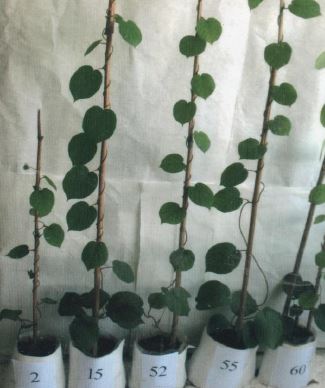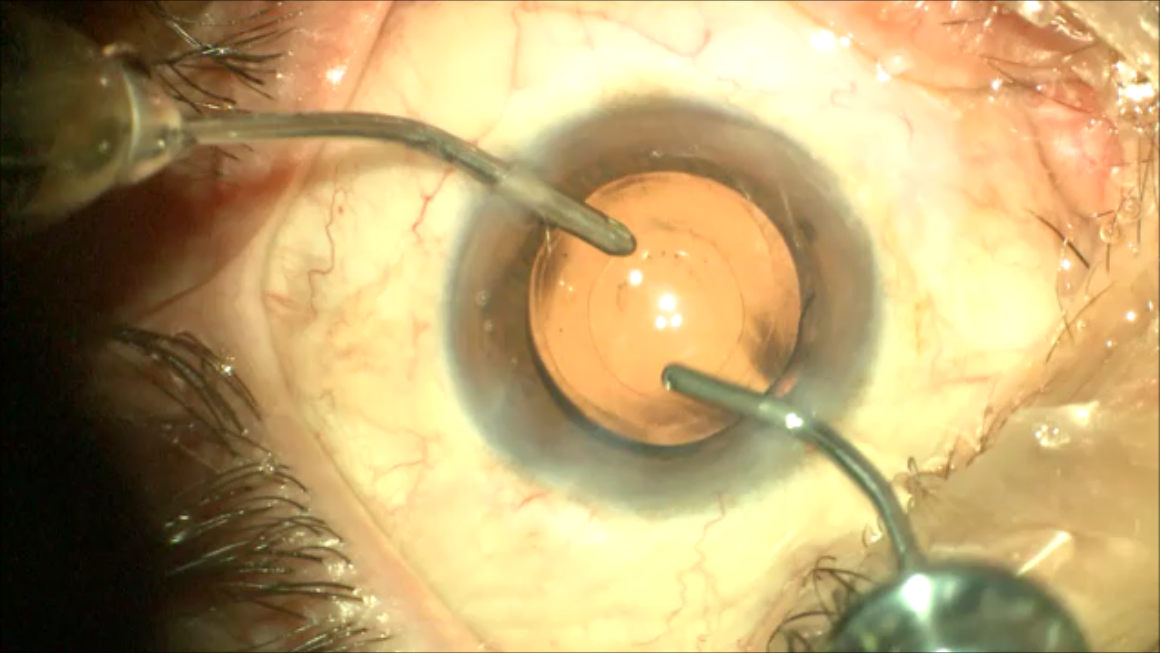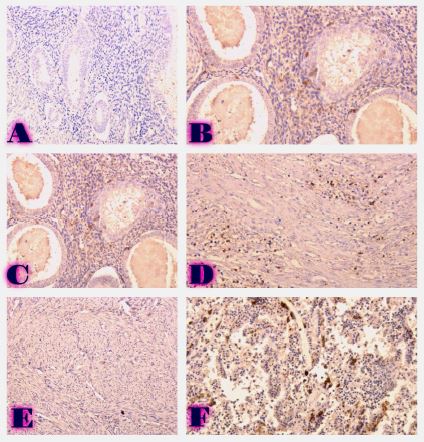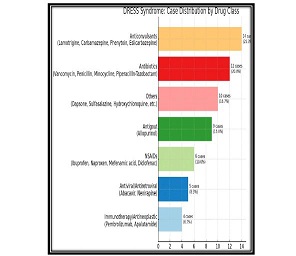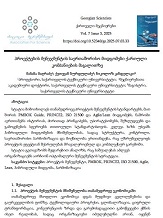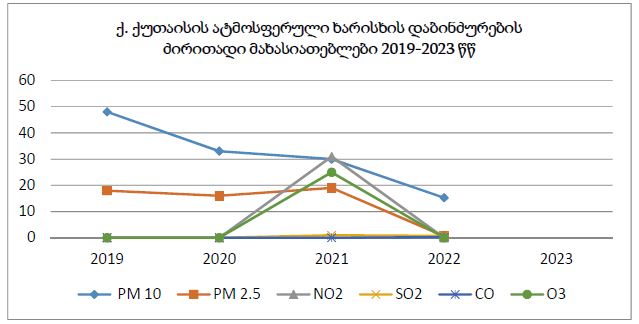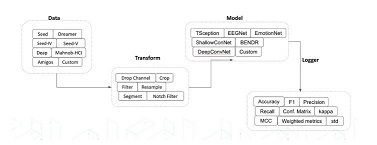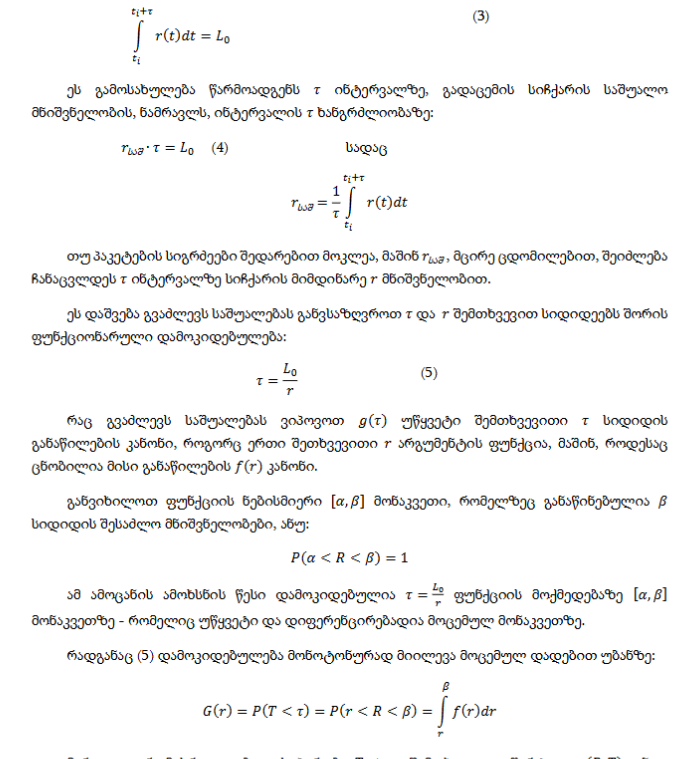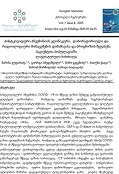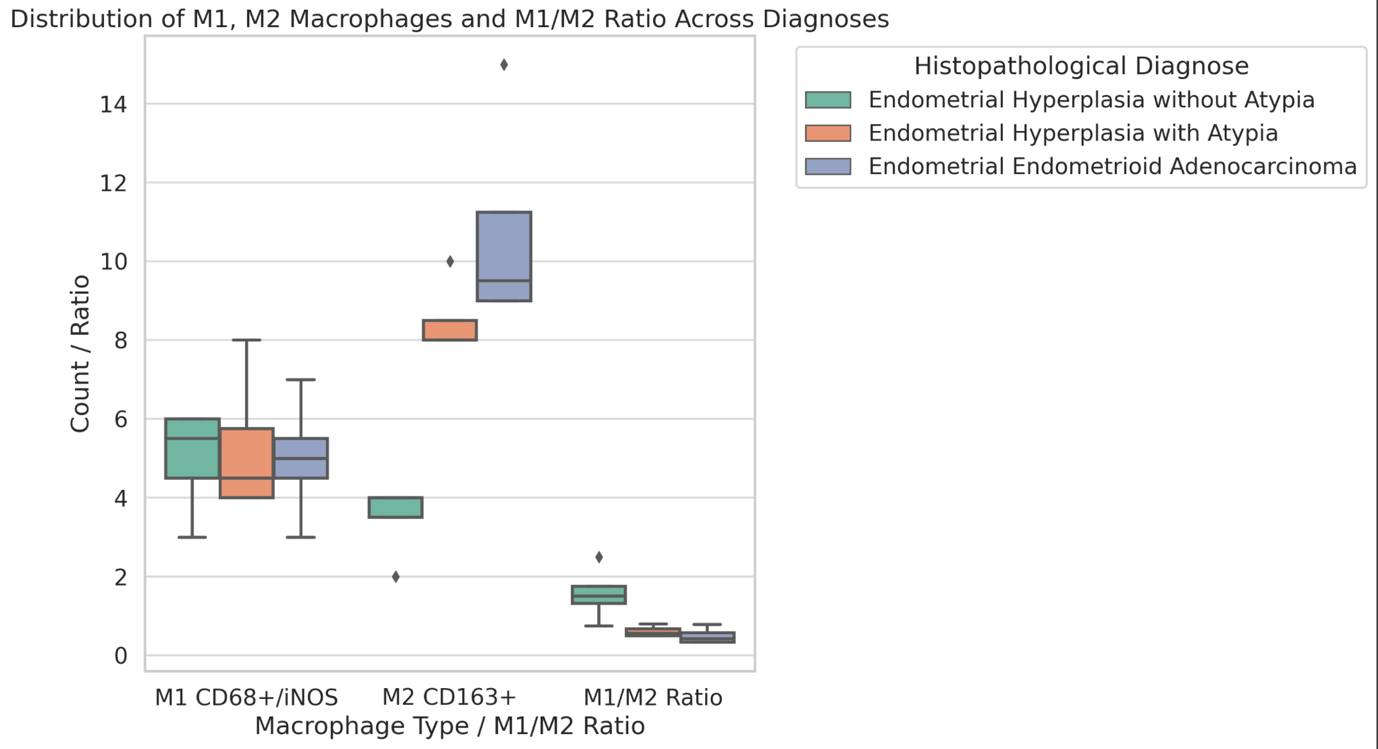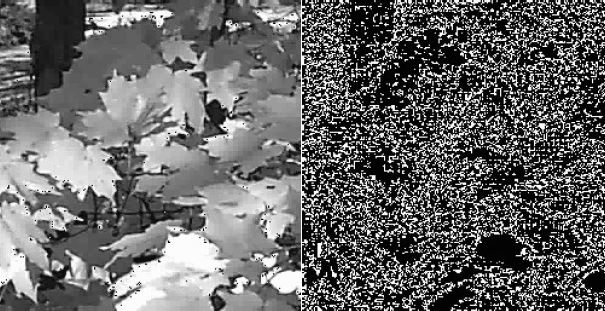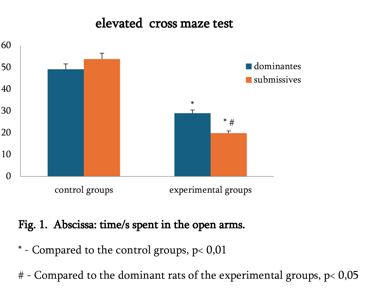FORMULATION AND ASSESSMENT OF CLAY – POLYMER HYDROGEL BASED ON GEORGIAN BENTONITE
Downloads
Bentonite clays are broadly employed in the design of varied drug delivery systems due to their characteristic feature such as adsorption, swelling ability and biocompatibility. Combination polymers with clay particles considerably improve mechanical and physical properties, drug - encapsulation efficiency and controlled release behavior of hybrids comparing with the starting components. One of the priority research areas at the I. Kutateladze Institute of Pharmacochemistry is extension the usage potential of Georgian bentonite clay in pharmacy, medicine, veterinary and cosmetics. Numerous semisolid dosage forms and dry ointments were proposed by the Institute on the bases of preparation Tikha Ascane, obtained from the clay of Askana Deposit (Ozurgeti region of Georgia). The aim of this study was to examine the suitability of Tikha Ascane as a substrate for the obtaining hybrid material with Sodium alginate (SA) and develop and characterize drug loaded clay/ polymer hydrogel. Optimized formulation for Tikha Ascane/SA hybrids was selected and Nitrofurazone (NFZ) as a model drug was incorporated. The samples were characterized by examining FTIR spectra, morphology, viscosity, pH, homogeneity and appearance. Content of NFZ in hydrogel was determined by HPLC. FTIR analysis revealed that Tikha Ascane and SA act as a simply physical mixture. Infrared spectra showed that NFZ did not bind strongly to the hybrid material. Microscopic analyses allowed verification of homogeneity of samples. Optimal clay / polymer composites contained Tikha Ascane - SA at the ration of 1:3 (w/w) and 0.2 % w/w incorporated NFZ. From this work it is cleared that Georgian bentonite clay preparation - Tikha Ascane can be successfully used as a substrate for clay / polymer hybrid material; formulated complex exhibits promising characteristics that allows considering it as a potential drug delivery system. Further studies are on-going for the preparation of TA hybrid material with different polymers.
Downloads
Metrics
Behera, K.P., Qureshi, D., Mohanty, B., et al. Bentonite increases the corneal permeation of the drug from the tamarind gum hydrogels. Food, Medical, and Environmental Applications of Polysaccharides, 2021: 291-322.
Meirelles, LMA., Raffin, FN. Clay and Polymer-Based Composites Applied to Drug Release: A Scientific and Technological Prospection. J Pharm Pharm Sci. 2017;20(0):115-134. doi: 10.18433/J3R617.
Sangeetha, K., Angelin Vinodhini, P., Sudha, P.N. Clay Based Biopolymer Nanocomposites and Their Applications in Environmental and Biomedical Fields. In: Inamuddin, Thomas, S., Kumar Mishra, R., Asiri, A. (eds) Sustainable Polymer Composites and Nanocomposites. Springer, Cham. 2019.
Kutateladze I.G. Tikha-ascane for medical purpose. "Gruzmedgiz". Tbilisi. 1955: 39 (in Russian).
Tsiklauri L, Dadeshidze I, Tsagareishvili G. Study of the Stability and Specific Activity of the Emulsion Containing Sea-Buckthorn (Hippophae rhamnoides L.) Oil and Ticha - Ascanae. Bulletin of the Georgian Academy of Sciences. 1998; 157(2):251-253
Iliescu, R. I., Andronescu, E., Ghitulica, C. D., Voicu, G., et al. Montmorillonite–alginate nanocomposite as a drug delivery system – incorporation and in vitro release of irinotecan. International Journal of Pharmaceutics.2014, 463(2), 184–192.
Nitrofurazone Ointment, p. 4571-4572; USP 38,-NF 33, 2015.
Christian, W., Zainab, B., Tian, K., & Abichou, T. Effect of specimen preparation on the swell index of bentonite-polymer GCLs. Geotextiles and Geomembranes. 2020, 48(6):875-885.
Tsiklauri L., Getia M, Bakuridze A. Physicochemical characteristics of fresh and lyophilized Georgian royal jelly and Formulation bentonite-based cream. Georgian Scientists. 2022, 4(5):164-174.
He, Y., Wu, Z., Tu, L., Han, Y., Zhang, G., & Li, C. Encapsulation and characterization of slow-release microbial fertilizer from the composites of bentonite and alginate. Applied Clay Science. 2015, 109-110: 68–75. doi:10.1016/j.clay.2015.02.001
Kianfari F, Dempster NM, Gaskell EE, Roberts M, Hutcheon GA. Lyophilised Biopolymer-Clay Hydrogels for Drug Delivery. Madridge J Nov Drug Res. 2017; 1(1): 1-9. doi: 10.18689/mjndr-1000101
World Health Organization et al. Antimicrobial resistance and primary health care: brief. – World Health Organization, 2018. – №. WHO/HIS/SDS/2018.57
Zhuge L., Wang Y., Wu S., at al Furazolidone treatment for Helicobacter Pylori infection: A systematic review and meta-analysis. Helicobacter. 2014, 20 (2):35 – 37

This work is licensed under a Creative Commons Attribution-NonCommercial-NoDerivatives 4.0 International License.





